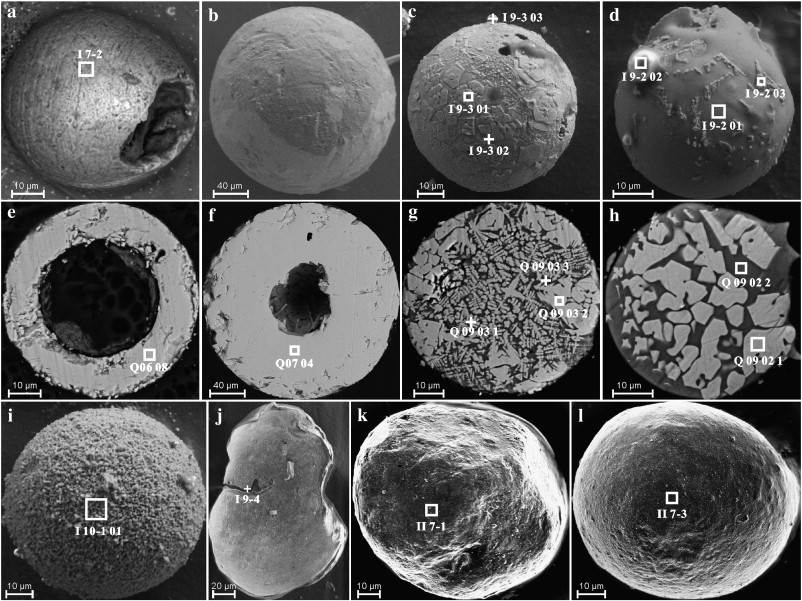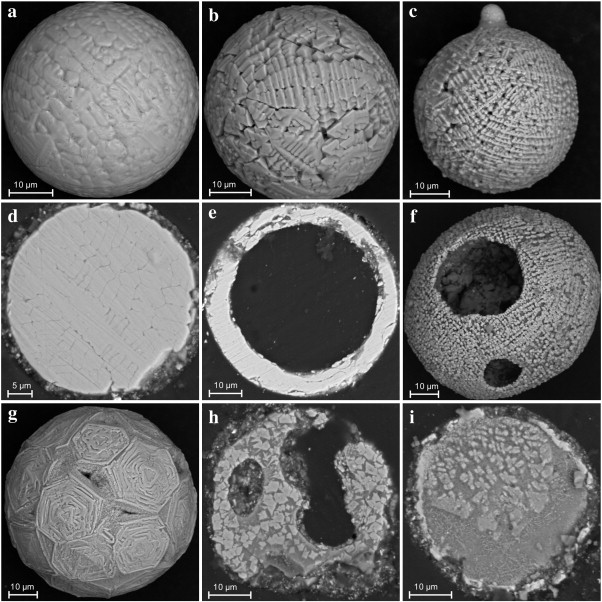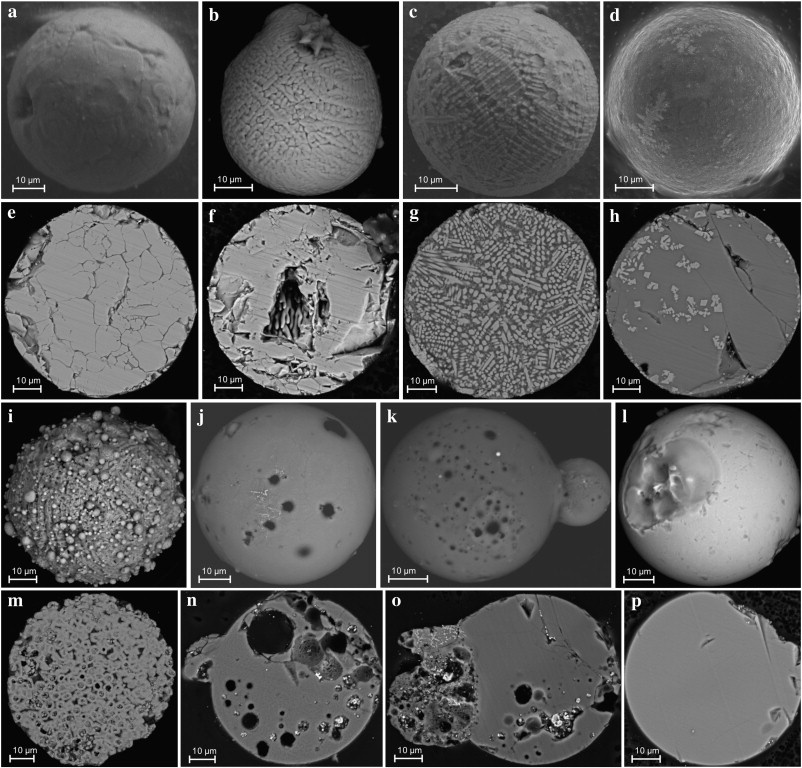Volcanism and impact scenarios are two of the most plausible ways of interpreting the causes of the largest biological mass extinction at the end-Permian. Microspherules have previously been widely reported from tens of different Permian-Triassic boundary (PTB) sections in South China and some other regions. These microspherules have been interpreted either as the product of volcanic eruptions or an impact event.
In order to test these scenarios, Dr. ZHANG Hua and colleagues, from Nanjing Institute of Geology and Palaeontology, Chinese Academy of Sciences, collected 60 samples from 12 intensively-studied PTB sections in South China. In addition, four soil samples close to these PTB layers were also collected for comparison.
Their investigation indicates that no evidence supports the contention that microspherules from the PTB beds in South China are of impact origin. No accompanying minerals with impact planar deformation features have thus far been found in the PTB beds in South China. The microspherules from the PTB beds are of multiple origins. Among them, most of iron and magnetite–silicate microspherules are modern fly ashes rather than of volcanic origin or impact event. The pyrite microspherules and framboidal pyrite are of depositional or/and diagenetic origins. The calcareous microspherules and the hollow organic microspherules are of biological origin.
This research was published in Lithos. It was supported by the National Natural Science Foundation of China.
Reference: Zhang Hua, Shen Shu-zhong, Cao Chang-qun, Zheng Quan-feng, 2014. Origins of microspherules from the Permian–Triassic boundary event layers in South China. Lithos 204, 246-257.

Microspherules recovered from the Meishan sections

Microspherules recovered from soil sample at the Meishan D section

Microspherules recovered from soil sample near the Ermen section, Huangshi, Hubei province

